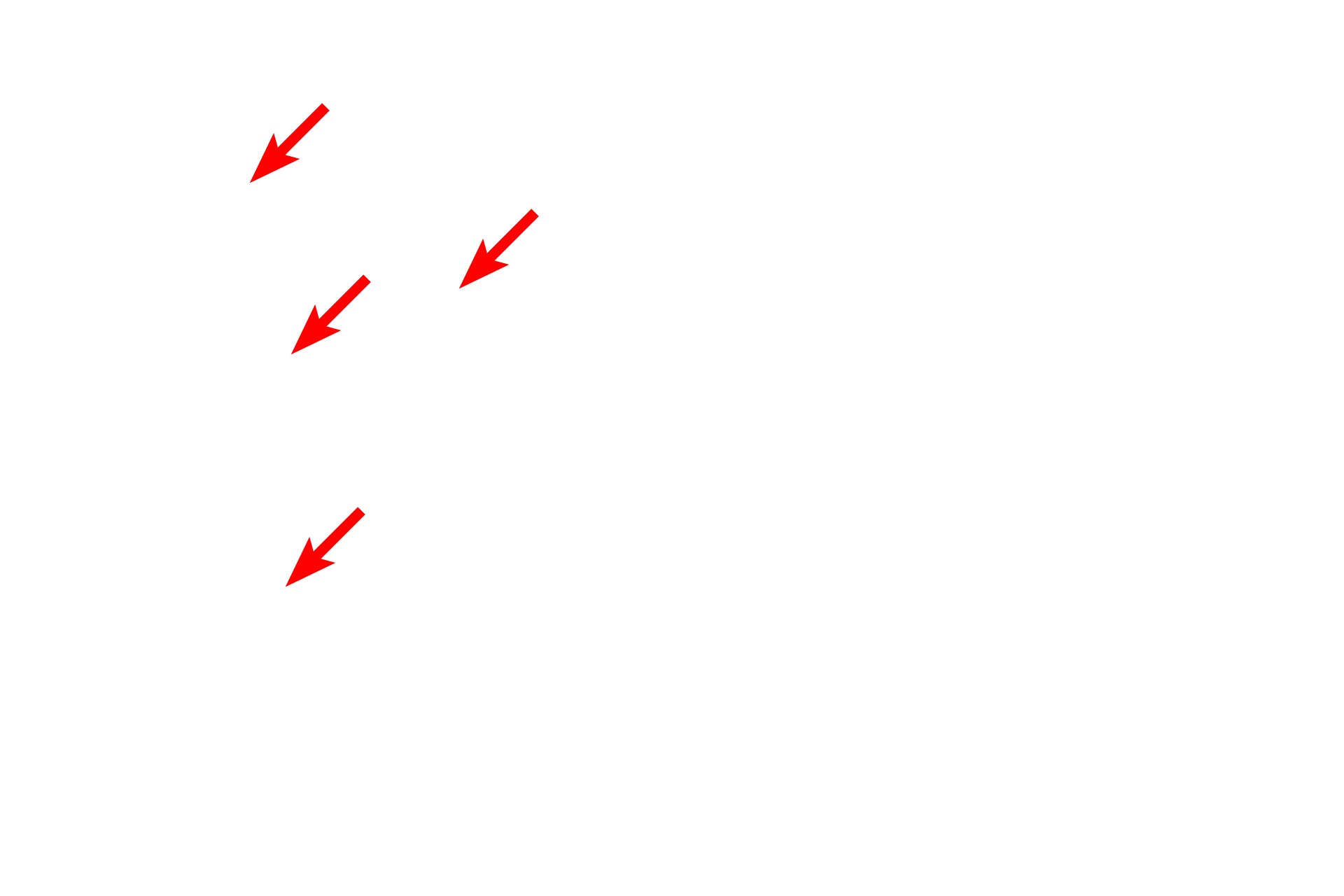
Schwann cells
A myelinated axon is shown in cross section in this electron micrograph. Especially prominent in axons are microtubules and neurofilaments. Schwann cell cytoplasm and the external lamina of the Schwann cell surround the myelin. 40,000x

Axon
A myelinated axon is shown in cross section in this electron micrograph. Especially prominent in axons are microtubules and neurofilaments. Schwann cell cytoplasm and the external lamina of the Schwann cell surround the myelin. 40,000x

Myelin sheath
A myelinated axon is shown in cross section in this electron micrograph. Especially prominent in axons are microtubules and neurofilaments. Schwann cell cytoplasm and the external lamina of the Schwann cell surround the myelin. 40,000x

Microtubules >
Neurons are large, intricate cells and possess an extensive cytoskeleton. Particularly evident in axons are microtubules and neurofilaments. Microtubules of neurons, similar to those in other cells, function to provide an intracellular pathway for transport of materials. Neurofilaments are the unique intermediate filament of neurons and primarily serve a supporting, structural role.

Neurofilaments
Neurons are large, intricate cells and possess an extensive cytoskeleton. Particularly evident in axons are microtubules and neurofilaments. Microtubules of neurons, similar to those in other cells, function to provide an intracellular pathway for transport of materials. Neurofilaments are the unique intermediate filament of neurons and primarily serve a supporting, structural role.

External lamina
A myelinated axon is shown in cross section in this electron micrograph. Especially prominent in axons are microtubules and neurofilaments. Schwann cell cytoplasm and the external lamina of the Schwann cell surround the myelin. 40,000x